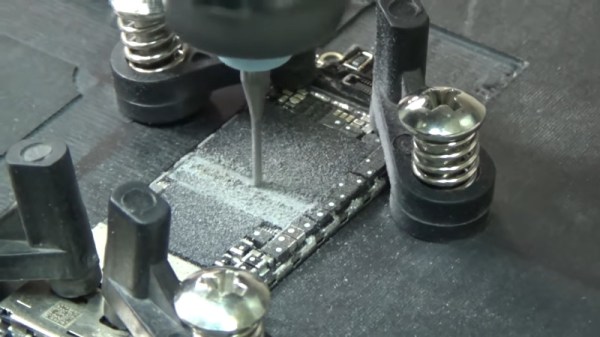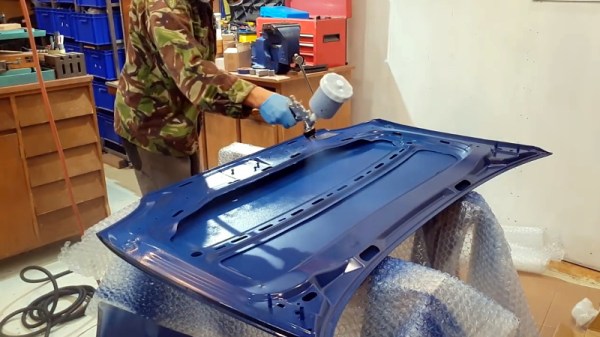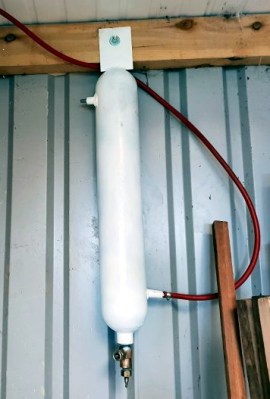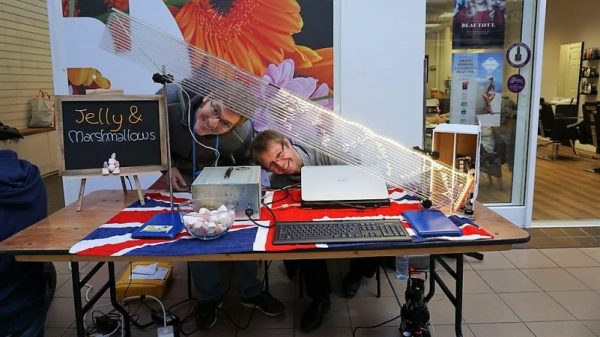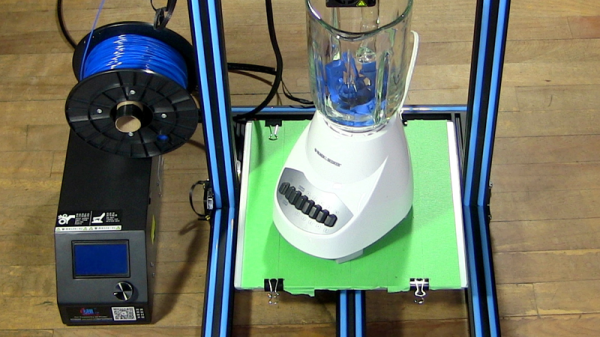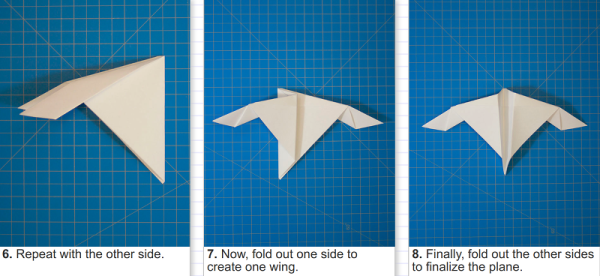Modern smartphones are highly integrated devices, bringing immense computing power into the palm of one’s hand. This portable computing power and connectivity has both changed society in innumerable ways, and also tends to lead to said powerful computers ending up dropped on the ground or into toilets. Repairs are often limited to screen replacement or exchanging broken modules, but it’s possible to go much further.
The phone is an iPhone 7, which a service center reported had issues with the CPU, and the only fix was a full mainboard replacement. [The Kardi Lab] weren’t fussed, however, and got to work. The mainboard is installed in a CNC fixture, and the A10 CPU is delicately milled away, layer by layer. A scalpel and hot air gun are then used for some further cleanup of the solder pads. Some conductivity testing to various pads is then carried out, for reasons that aren’t entirely clear.
At this point, a spare A10 CPU is sourced, and a stencil is used to apply solder paste or balls – it is not immediately obvious which. The new chip is then reflowed on to the mainboard, and the phone reassembled. The device is then powered on and shown to be functional.
It’s an impressive repair, and shows that modern electronics isn’t so impossible to fix – as long as you have the right tools to hand. The smart thing is, by using the CNC machine with a pre-baked program, it greatly reduces the labor required in the removal stage, making the repair much more cost-effective. The team are particularly helpful, linking to the tools used to pull off the repair in the video description. We’ve seen similar hacks, too – such as upgrading an iPhone’s memory. Video after the break.
[Thanks to Nikolai for the tip!]

